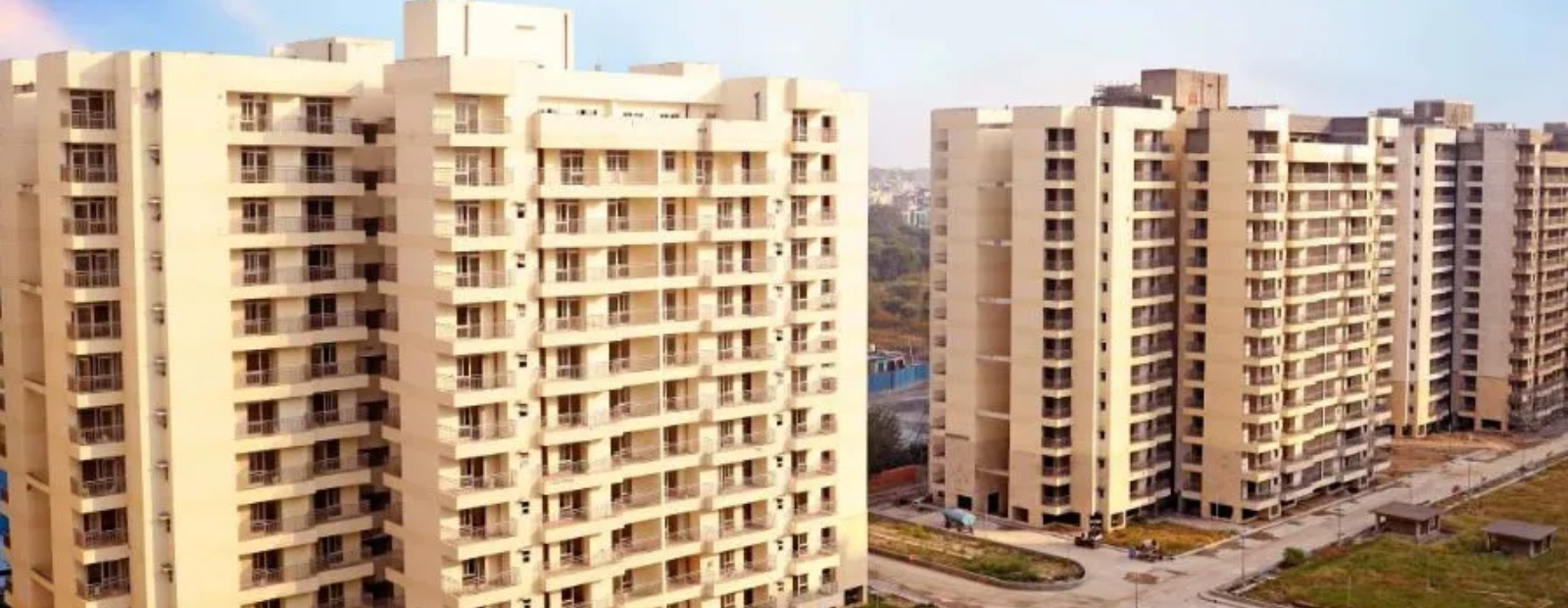
The Delhi Development Authority (DDA) is set to launch the second phase of its affordable housing initiative, the "Sasta Ghar" scheme, which focuses on providing cost-effective housing to low—and middle-income residents. Scheduled to begin on November 14, this new phase will offer around 2,500 units across various sectors, aimed at addressing the city's housing shortage and ensuring more accessible home ownership.
In this article, we’ll explore the structure of the Sasta Ghar scheme, the types of housing units available, eligibility requirements, and how this initiative ties into broader urban development efforts.
What is the Sasta Ghar Scheme?
The "Sasta Ghar" scheme, launched by the DDA, represents a significant step toward promoting affordable housing in Delhi, specifically designed for low- to mid-income families. Unlike earlier programs, which often had stringent eligibility requirements or limited units, Sasta Ghar opens the door to more flexible ownership, offering various home sizes to suit different family needs. The goal is to curb the housing deficit by creating sustainable and affordable communities.
Phase Two: New Opportunities and Locations
With Phase Two, the DDA is expanding the reach of the Sasta Ghar scheme to various new locations across the city. Some highlights include areas with improved access to public transportation, essential services, and employment hubs. This expansion aligns with the authority's broader urban planning and redevelopment goals, ensuring residents of these new units benefit from both modern amenities and proximity to job opportunities.
Key Details of Phase Two
Variety in Housing Units
The 2,500 units offered in Phase Two cater to varying income groups with different sizes and configurations, from one-bedroom apartments to more spacious three-bedroom units. By offering a range of housing types, the DDA hopes to accommodate a broad demographic spectrum, allowing more families to find suitable, affordable living spaces.
Pricing Structure and Subsidies
Affordability is central to Sasta Ghar’s pricing model. Units are available at subsidized rates, designed to be more accessible than typical market prices, with additional concessions available for economically weaker sections (EWS) and low-income groups (LIG). This strategic pricing ensures that eligible buyers only need a minimal initial investment, further lowering barriers to home ownership.
Application Process and Eligibility
The application process is straightforward, aiming to encourage as many eligible applicants as possible. Key eligibility criteria include:
Income Bracket: Applicants need to fall within certain income brackets defined by the DDA, with specific provisions for EWS and LIG applicants.
Residency: Applicants must be residents of Delhi or have employment in the city for a specified period, ensuring that the housing benefits go to residents.
First-Time Homebuyers: Priority is given to individuals who do not already own property in Delhi, with an added advantage for those seeking primary residences.
Allocation and Selection
The selection process is transparent and involves a computerized draw. This system aims to eliminate bias and provide all eligible applicants with an equal chance of securing a unit. Those selected are notified promptly, with support available to help them understand payment options, loan structures, and documentation requirements.
How the Sasta Ghar Scheme Benefits Delhi Residents
This scheme represents more than just affordable housing; it’s part of a broader urban strategy to create sustainable communities. By establishing these homes in carefully selected areas, the DDA promotes local economies, reduces congestion, and minimizes the environmental impact of new housing developments. Each area’s development is integrated with the local transit network, encouraging more residents to adopt public transportation.
Challenges and Future Prospects
While the Sasta Ghar scheme is an essential part of Delhi's housing strategy, it faces challenges. Rapid urbanization and population growth can strain resources, making it critical for future phases to consider the city's long-term infrastructure needs. Another challenge is the potential oversubscription for these units, as the demand for affordable housing remains high.
To address these issues, the DDA is exploring new technologies and partnerships, such as collaborating with private firms for faster construction and incorporating eco-friendly materials. Future phases may include rental housing options, and expanding the reach of affordable housing beyond ownership.
Conclusion
The DDA's Sasta Ghar scheme is a positive step toward achieving accessible housing for Delhi’s lower-income families. Through an inclusive approach, Phase Two of this initiative brings housing within reach for thousands of residents, supporting both social welfare and urban development. As the DDA looks to build on this momentum, the Sasta Ghar scheme stands as a model for affordable housing in India’s urban centers, setting the stage for continued growth and improvement in Delhi’s housing landscape.